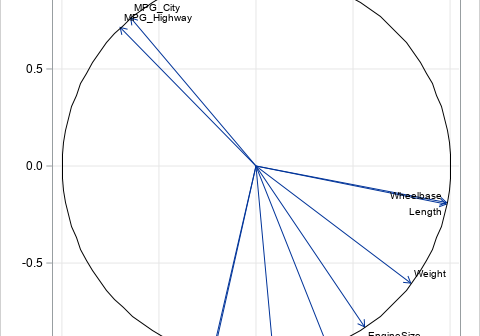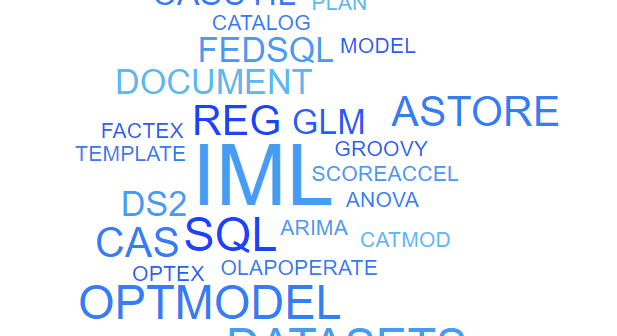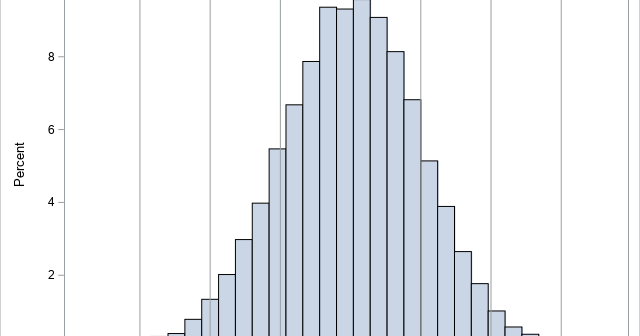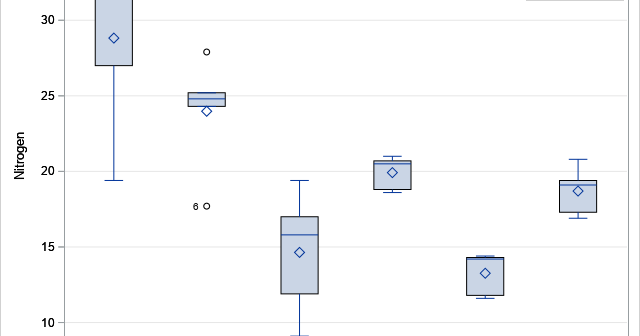The DO Loop
Statistical programming in SAS with an emphasis on SAS/IML programs
A common way to visualize the sample correlations between many numeric variables is to display a heat map that shows the Pearson correlation for each pair of variables, as shown in the image to the right. The correlation is a number in the range [-1, 1], where -1 indicated perfect

The INPUT function and PUT function in SAS are used to apply informats and formats (respectively) to data. For both functions, you must know in advance which informat or format you want to apply. For brevity, let's consider only applying a format. To use the PUT function, you must know

In SAS, the INPUT and PUT functions are powerful functions that enable you to convert data from character type to numeric type and vice versa. They work by applying SAS formats or informats to data. You cannot fully understand the INPUT and PUT functions without understanding formats and informats in

SAS software supports two kinds of procedures: interactive and non-interactive. Most SAS procedures are non-interactive. They begin with a PROC statement, include one or more additional statements, and end with a RUN statement. When SAS encounters the RUN statement, the procedure executes all statements, then exits. On the other hand,

A remarkable result in probability theory is the "three-sigma rule," which is a generic name for theorems that bound the probability that a univariate random variable will appear near the center of its distribution. This article discusses the familiar three-sigma rule for the normal distribution, a less-familiar rule for unimodal

In practice, there is no need to remember textbook formulas for the ANOVA test because all modern statistical software will perform the test for you. In SAS, the ANOVA procedure is designed to handle balanced designs (the same number of observations in each group) whereas the GLM procedure can handle
